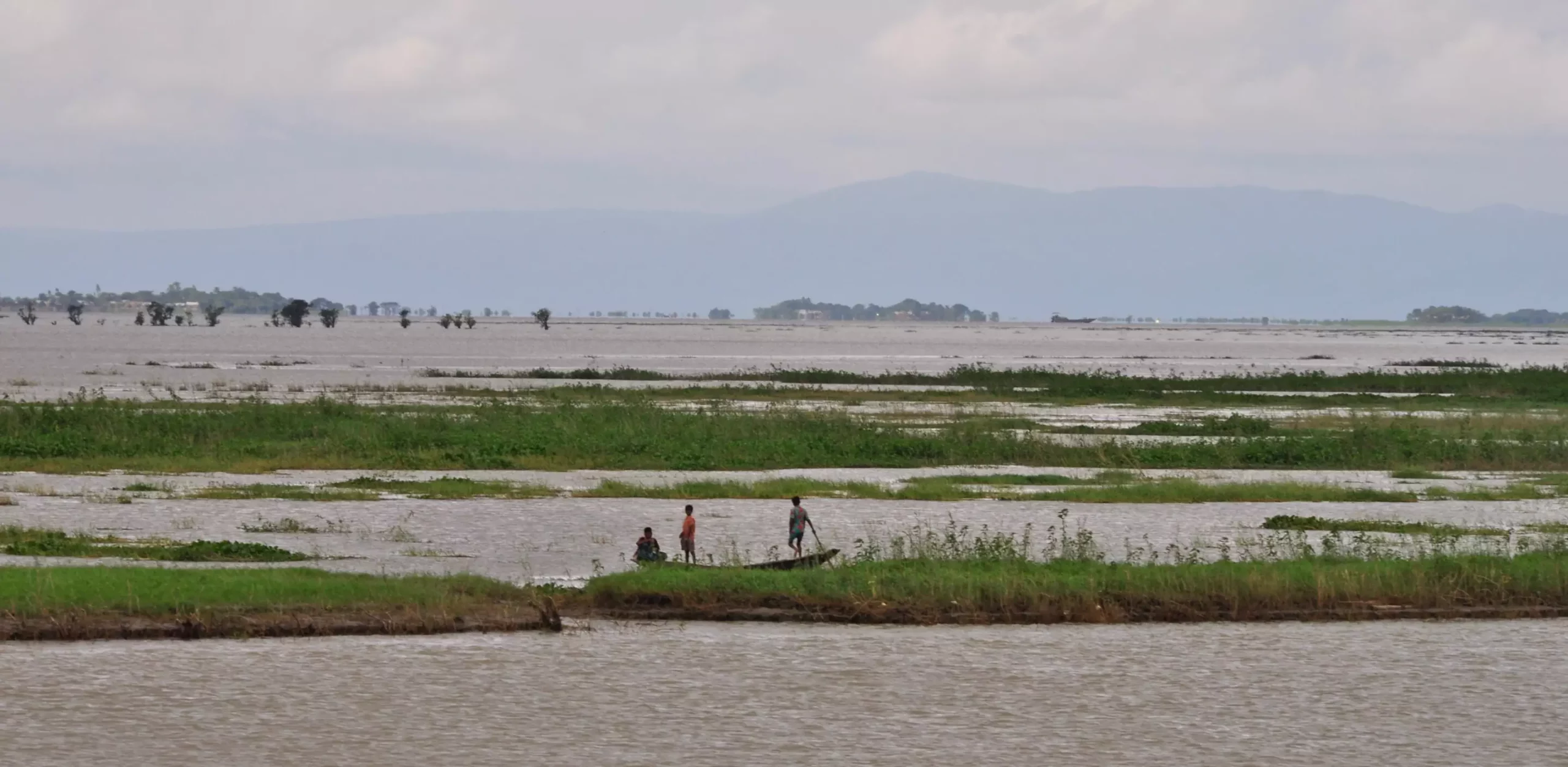A seismic event that rocked Earth 2,500 years ago resulted in the dramatic redirection of one of the world’s largest rivers, the Ganges. This previously undocumented earthquake caused the main channel of the Ganges River to change course in present-day Bangladesh, impacting a densely populated area susceptible to future earthquakes. The findings of this study were reported in the journal Nature Communications, shedding light on the significant effects of earthquakes on river systems.
River-course changes, known as avulsions, are common occurrences influenced by various factors, including earthquakes. While scientists have observed avulsions triggered by seismic activity before, the scale of the Ganges River’s alteration stands out. The lead author of the study, Liz Chamberlain, expressed surprise at the earthquake’s impact on the river, emphasizing the unprecedented nature of the event. This earthquake-induced avulsion raises questions about the potential risks faced by river-dependent communities in earthquake-prone regions.
During their research, the team observed distinct geological features in the affected area, pointing to the seismic nature of the river course change. Vertical dikes of light-colored sand cutting through layers of mud indicated the presence of seismites, a phenomenon caused by earthquakes. The systematic arrangement of these seismites and the chemical analysis of sediment layers indicated that the earthquake occurred approximately 2,500 years ago, resulting in a sudden shift in the river’s path. Such evidence highlights the lasting impact of seismic events on geographical landscapes.
The researchers proposed two possible sources for the earthquake that led to the Ganges River avulsion. The first involves a subduction zone to the south and east, where tectonic plates are in motion beneath the affected region. Alternatively, the earthquake could have originated from splay faults near the Himalayas, a region experiencing geological stress due to continental collision. Understanding the seismic sources is crucial for predicting and preparing for future earthquakes that could impact millions of people living along the Ganges River delta.
The study underscores the far-reaching consequences of large earthquakes on densely populated areas located near major rivers. The potential recurrence of a seismic event similar to the one 2,500 years ago poses a significant threat to millions of people living in Bangladesh and neighboring regions. The socio-economic impact of such earthquakes, as highlighted by co-author Syed Humayun Akhter, could have long-lasting repercussions on the affected communities. It is essential for stakeholders and policymakers to consider these risks in disaster preparedness and mitigation strategies.
While the focus of this study is on the Ganges River, similar hazards exist for other river systems located in tectonically active regions around the world. Rivers like China’s Yellow River, Myanmar’s Irrawaddy, and rivers in the United States and the Middle East face seismic threats that could result in catastrophic avulsions. Collaborative efforts across countries and regions are necessary to study and address the risks posed by earthquakes to river-dependent communities globally.
The study of the Ganges River avulsion highlights the complex relationship between seismic events and river systems. By investigating past geological events, researchers can better understand the potential impact of future earthquakes on major rivers and their surrounding communities. Awareness of these risks is crucial for building resilience and enacting policies that prioritize the safety and well-being of populations living in earthquake-prone regions.


Leave a Reply